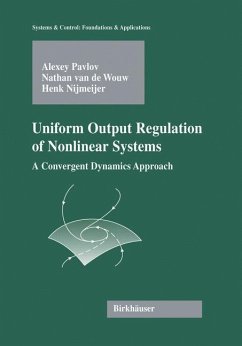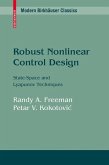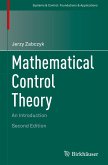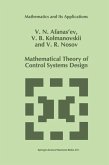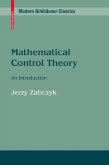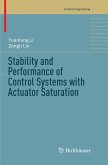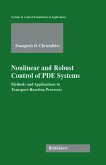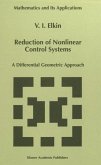The problem of asymptotic regulation of the output of a dynamical system plays a central role in control theory. An important variant of this problem is the output regulation problem, which can be used in areas such as s- point control, tracking reference signals and rejecting disturbances generated by an external system, controlled synchronization of dynamical systems, and observer design for autonomous systems. At the moment this is a hot topic in nonlinear control. This book is a result of a four-year research project conducted at the Eindhoven University of Technology. This project, entitled "Robust output regulation for complex dynamical systems," began with the observation that theproblemofcontrolledsynchronizationofdynamicalsystemscanbecons- ered as a particular case of the output regulation problem. In the beginning of the project, known solutions to the controlled synchronization problem were global and dealt with nonlinear systems having complex ("chaotic") dyn- ics. Atthe same time, most of the existing solutions to the nonlinear output regulation problem were local and dealt mostly with exosystems being linear harmonicoscillators. Ourinitialideawas,usingtheresultsfromthecontrolled synchronization problem as a starting point, to extend solutions of the n- linear output regulation problem from the local case to the global case and to avoid restrictive assumptions on the exosystem. As a ?rst step, we started looking for points that were common to these two problems.
Hinweis: Dieser Artikel kann nur an eine deutsche Lieferadresse ausgeliefert werden.
Hinweis: Dieser Artikel kann nur an eine deutsche Lieferadresse ausgeliefert werden.
"The book is one of the first systematic studies on the nonlinear output regulating problem that embraces both the local and global solvability analysis, covering such aspects as solvability conditions, controller design, and practical implementation issues...In addition to being an excellent reference for the uniform output regulation problem, the book has a tutorial value on convergent systems. The work will be of interest to control engineers to control engineers, theorists, and students, and may be used as a textbook for a graduate course on nonlinear control." -Zentralblatt MATH
"In this book...the authors treat the problem of output regulation for a nonlinear control system...The authors' starting point is that the three fundamental issues that need to be addressed are regularity of solutions to the closed-loop system, uniform convergence of solutions (initialized in an appropriate set) and asymptotic output zeroing. The use of italics for these three properties are those of the authors. This is not only reasonable, but smart...Beginning with their own formulation of these basic ideas, which is a nontrivial undertaking, the authors develop a global approach to output regulation along familiar lines...I found the book to be ambitious and rigorous, tackling some hard conceptual issues in a distinguishable way that the authors have made their own." -IEEE Transactions on Automatic Control
"In summary, the book is well-written and presents a fresh perspective to the problem of output regulation. The book is not intended to be a general treatment on nonlinear output regulation but rather aims to present a different and original way of approaching the problem by means of the convergence tool. In this respect the book is a valuable addition to the theory of nonlinear output regulation and definitely recommended to researchers working in this field...In manyparts of the book it is clear the intention of the authors to fill the gap between theory and practice, by providing practical design guidelines and by addressing implementation issues. In this respect the text is definitely recommended not only to academic researchers but also to industrial engineers working in the field of nonlinear control design." -Intl. J. Robust and Nonlinear Control
"In this book...the authors treat the problem of output regulation for a nonlinear control system...The authors' starting point is that the three fundamental issues that need to be addressed are regularity of solutions to the closed-loop system, uniform convergence of solutions (initialized in an appropriate set) and asymptotic output zeroing. The use of italics for these three properties are those of the authors. This is not only reasonable, but smart...Beginning with their own formulation of these basic ideas, which is a nontrivial undertaking, the authors develop a global approach to output regulation along familiar lines...I found the book to be ambitious and rigorous, tackling some hard conceptual issues in a distinguishable way that the authors have made their own." -IEEE Transactions on Automatic Control
"In summary, the book is well-written and presents a fresh perspective to the problem of output regulation. The book is not intended to be a general treatment on nonlinear output regulation but rather aims to present a different and original way of approaching the problem by means of the convergence tool. In this respect the book is a valuable addition to the theory of nonlinear output regulation and definitely recommended to researchers working in this field...In manyparts of the book it is clear the intention of the authors to fill the gap between theory and practice, by providing practical design guidelines and by addressing implementation issues. In this respect the text is definitely recommended not only to academic researchers but also to industrial engineers working in the field of nonlinear control design." -Intl. J. Robust and Nonlinear Control

